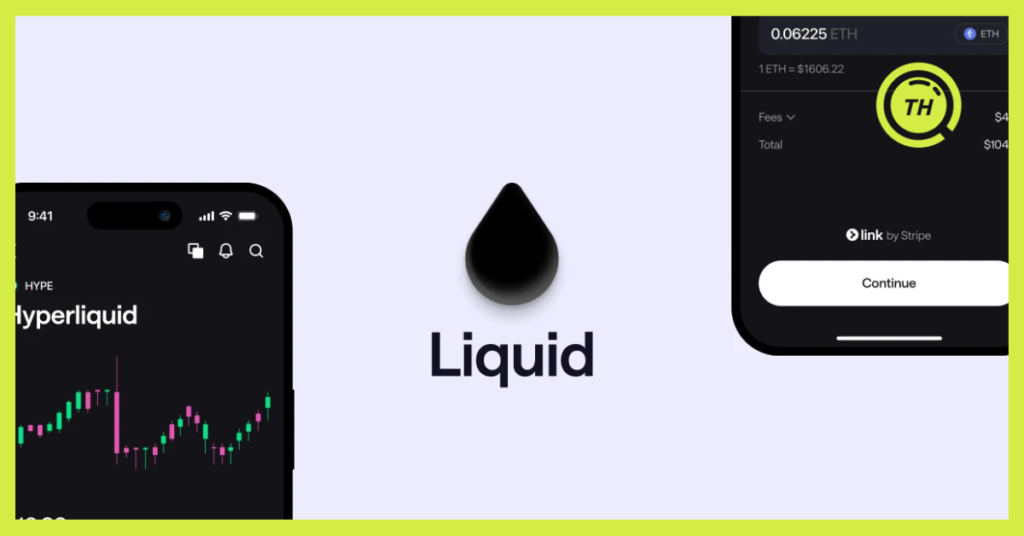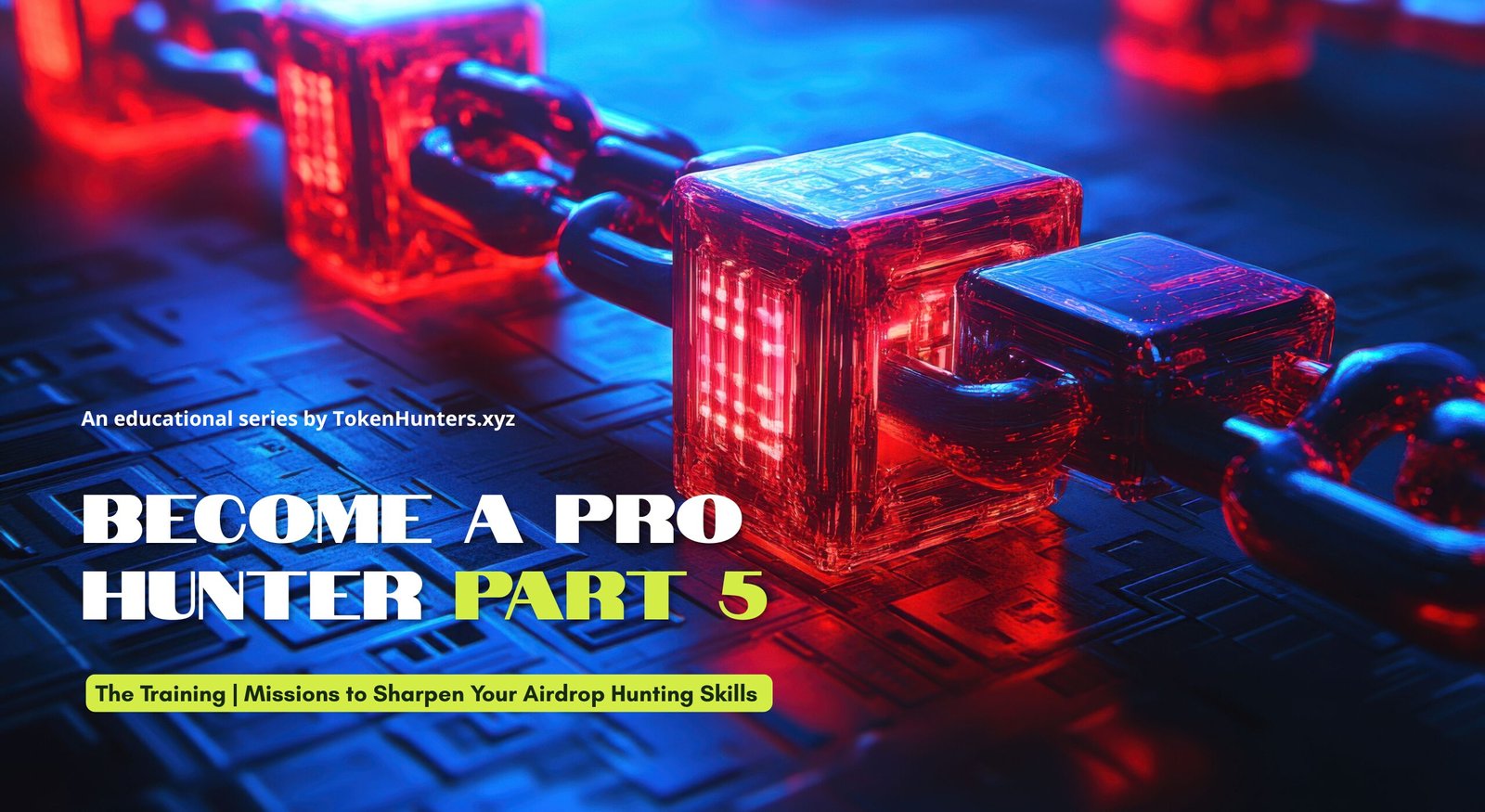“The sharpest hunters train before the real battle begins.”
You’ve learned what airdrops are, how to prepare your setup, and the strategies that make you qualify.
Now it’s time to get practical.
Before diving into live high-value hunts, every pro starts with a training phase, small, real-world missions that help you master the process without major risk.
Think of it as your crypto hunting bootcamp.
In this post, we’ll walk through several hands-on missions that will give you the real experience, confidence, and muscle memory you need to hunt like a pro.
Why Training Matters
Most people rush straight into airdrop campaigns, clicking blindly through websites without understanding what they’re doing.
That’s how mistakes happen, wrong wallets, missed snapshots, or even scams.
A professional airdrop hunter practices first.
These missions simulate real airdrop conditions using both mainnets (real funds) and testnets (free practice environments).
They’ll teach you how to bridge, swap, stake, and vote safely, while building real on-chain activity that can even qualify you for smaller, early airdrops along the way.
Mission 1: Bridge Crypto (Mainnet + Testnet)
Goal: Move your crypto across blockchains, one of the most common airdrop requirements.
- Visit the official Arbitrum Bridge.
- Connect your MetaMask wallet.
- Bridge a small amount of ETH ($5–$10) from Ethereum Mainnet to Arbitrum.
- Wait for confirmation, this builds your cross-chain history.
Testnet Training:
Practice the same process using Sepolia Testnet and Arbitrum Sepolia Bridge with free ETH from faucets.
Pro Tip: Small, consistent bridges on new chains often qualify for future airdrops automatically.
Mission 2: Swap Tokens on a DEX
Goal: Learn how to make decentralized swaps like a real DeFi user.
- Visit Uniswap.
- Connect your wallet and swap a small amount of ETH for USDC (or vice versa).
- Confirm the transaction and verify your new balance.
This action mimics exactly what most DeFi projects look for when analyzing user engagement.
Always check the official URLs from verified sources or the TokenHunters Airdrop Library.
Mission 3: Complete Your First Quest
Goal: Understand how Web3 quest systems track your participation.
Join one of the verified projects listed in the TokenHunters Library or on platforms like:
Follow the steps: connect your wallet, link your socials, and complete a few basic actions (follow, retweet, verify).
Each completed quest builds your Web3 reputation and sometimes even gives instant NFT or XP rewards.
Inside the TokenHunters Library, look for the “Quest-Based Missions” category to find ongoing verified campaigns.
Mission 4: Join a Testnet
Goal: Get hands-on experience with beta networks before their mainnet launch.
Testnets are goldmines for future rewards, most massive airdrops (like Arbitrum and zkSync) rewarded early testers.
- Head to the TokenHunters Airdrop Library and filter by “Testnet.”
- Pick one verified project (e.g., LayerZero, Base, Linea, Sonic, or Abstract).
- Follow the tutorial to connect your wallet, claim faucet tokens, and interact with the dApp.
This experience will teach you how to perform low-risk, high-reward actions that prepare you for bigger hunts.
Mission 5: Stake and Delegate Tokens
Goal: Learn how to lock in tokens and show long-term commitment, another key qualification metric.
Example:
- Download and set up Keplr Wallet.
- Stake a small amount of $ATOM or another Cosmos token with an active validator.
- Keep staking for several weeks, consistent activity matters more than size.
You can also explore staking options within other ecosystems like Solana or Polygon.
Projects love to reward users who demonstrate loyalty and engagement.
Mission 6: Vote in a Governance Proposal
Goal: Practice using DAOs, the future of decentralized decision-making.
- Visit Snapshot.org.
- Connect your wallet and browse open proposals.
- If you hold governance tokens (like $UNI, $AAVE, or $DYDX), cast your vote.
Each vote strengthens your wallet’s on-chain governance record, a factor that many airdrops consider for “loyal user” bonuses.
Mission 7: Organize Your Hunt
Now that you’ve trained your skills, build your system.
- Create your hunting spreadsheet (Google Sheets or Notion).
- Track every mission: project name, blockchain, wallet used, tasks completed, and transaction dates.
- Bookmark your verified airdrops inside the TokenHunters Library and mark them as “Active” or “Completed.”
- Check your list weekly for new updates.
Want to level up faster? Join the TokenHunters Community to discuss active missions, get real-time testnet alerts, and share results with other hunters.
Quick Practice Checklist
- Bridge ETH (Mainnet + Testnet)
- Swap on a DEX
- Complete quests (Galxe / Layer3 / Zealy)
- Join and interact with a testnet
- Stake and delegate
- Vote in governance
- Track and organize everything in your hunting system
- Stay active in the TokenHunters Library & Community
Final Words
Every professional airdrop hunter began with a few simple actions.
Each bridge, swap, and quest you complete is a lesson that sharpens your instincts.
Don’t wait until you see others post screenshots of massive airdrops, by then, the snapshot is already over.
Start your training now while everyone else is still sleeping.
“Train with small arrows. Strike with the sharp ones.” — TokenHunters













Comments